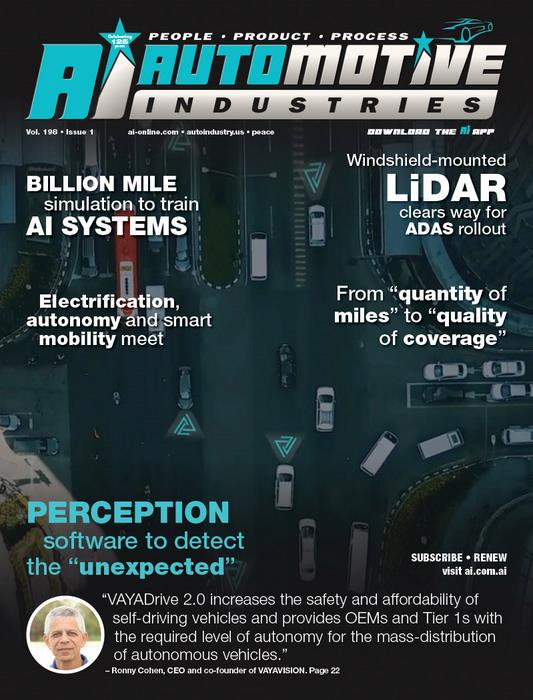
This year started on a high note for luxury car maker Mercedes-Benz, which has announced it will be introducing an “uncrashable” car later in 2019.
The Australian edition of Motoring Magazine carried an interview with Mercedes-Benz global R&D chief, Ola Kalennius who spoke about the ESF or Experimental Safety Vehicle at CES 2019.
The idea is that, since most car crashes are due to human error, then technology can take over and minimize or completely wipe out accidents. “Things like autonomous driving and sophisticated driver assistance are all enablers to reduce traffic accidents. Because virtually all traffic accidents are human error,” he said in the interview. Mercedes-Benz revived its safety program with the ESF 2009, which was the first experimental safety vehicle the company had built since 1974, when it produced over 30 experimental vehicles for research on future automotive safety systems. These prepared the ground for numerous innovations. They include ABS, belt tensioners and belt force limiters, airbag and side impact protection. Parent Daimler AG, gave the go-ahead for the ESF 2009 in October 2008.
“The complexity of this assignment was a welcome challenge, as we not only had to integrate the numerous innovations into an S400 Hybrid, but also make them fully functioning in demonstration mode and provide a look behind the technical scenes by incorporating eight inspection windows in the bonnet, bumpers and doors,” said Axel Wittig, the team leader for the entire workshop facility in a 2009 statement. Daimler says the prevention of death and injury in road accidents rose to prominence in the 1960s as the global car parc grew. Mercedes-Benz accepted the challenge, as it already had more than than 20 years of continual safety research. In 1959, the fundamental basis for all future safety developments had already entered series production at Daimler-Benz: the safety bodyshell with impact energy absorbing crumple zones at the front and rear, and a rigid passenger compartment between them.
This year, the ESF is expected to be based on the S-Class, according to media reports. “A car that doesn’t crash is a worthy goal, but not impossible – it just takes effort to reach that point,” says Sandeep Sovani, Global Director, Automotive Industry at Michigan-based ANSYS. “Once autonomous vehicles are sophisticated enough, they won’t be 100% safe, but the risk of crashes will be so minor that people won’t even think about them when travelling. Autonomous vehicles use around 20 sensors on average as their “eyes” on the road and need to be capable of vehicleto- vehicle communication in order to avoid collisions. Autonomous vehicles can’t drive as well as humans can right now, but they will in the future once the artificial intelligence in the vehicle is smart enough. “To guarantee a safe vehicle and train the artificial intelligence to the right standard, it is estimated that at least nine billion kilometers need to be driven in the car.
This is, of course, not feasible in practice, so manufacturers need to look to other solutions like simulation. Rather than carrying out extensive roadtesting, companies can use simulation to train and evolve vehicle sensor technology and the vehicle’s AI, continually improving its response to ambiguous situations before real-world testing happens. In a simulation, cars can fail and learn from the mistakes without the risk of people getting hurt,” points out Sovani.











More Stories
What You Should Know Before Filing a Car Accident Claim
Injured in a Car Accident in St. Louis? Here’s What to Do Next
Historic Sportscar Racing (HSR) and Goodyear Announce Multi-Year Partnership